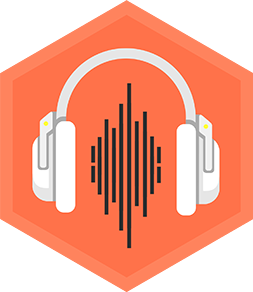Share your favorite Virtual instruments in Bandlab
Explore BandLab’s virtual instruments, create short 30–60 second loops using three different sounds, then share and explain your favorite choice.



Step-by-step guide to share your favorite virtual instruments in BandLab
Step 1
Open BandLab and sign in or create a free account.
Step 2
Tap Create and start a New Project.
Step 3
Choose your first virtual instrument from the Instruments panel.
Step 4
Set the project loop length to between 30 and 60 seconds.
Step 5
Record or draw notes to create the first instrument loop for the full loop length.
Step 6
Choose a different virtual instrument for your next track.
Step 7
Record or draw notes to add the second instrument into the same loop.
Step 8
Choose a third different virtual instrument for another track.
Step 9
Record or draw notes to add the third instrument into the same loop.
Step 10
Play your full loop from start to finish and listen carefully.
Step 11
Adjust the volume levels so every instrument can be heard clearly.
Step 12
Save your project and write a short note in the BandLab project description explaining which instrument is your favorite and why.
Step 13
Share your finished loop and your explanation on DIY.org.
Final steps
You're almost there! Complete all the steps, bring your creation to life, post it, and conquer the challenge!


Help!?
What can we use instead of a MIDI keyboard or external microphone if we don't have them?
If you don't have a MIDI keyboard or mic, use BandLab's Instruments panel to choose a virtual instrument and either draw notes in the piano-roll or use the on-screen keyboard to record the loop.
My second instrument track won't record or is too quiet—what should I check?
Check that you chose a different virtual instrument for the next track in the Instruments panel, armed or selected the track before recording, kept the project loop length set between 30 and 60 seconds, and then raise that track's volume slider so it can be heard clearly.
How can we adapt the activity for younger children or make it more challenging for older kids?
For younger children, shorten the project loop to 15–30 seconds and use only two instruments with drawn notes, while older kids can extend the loop beyond 60 seconds, add more than three instruments, use a MIDI controller, and fine-tune volumes and effects.
What are some ways to personalize or improve the finished loop before sharing on DIY.org?
Personalize the loop by tweaking instrument presets in the Instruments panel, adding simple effects or automation to individual tracks, recording a short vocal or sound effect, and writing a clear favorite-instrument explanation in the BandLab project description before saving and sharing.
Watch videos on how to share your favorite virtual instruments in BandLab
World Instruments | Music For Kids | STEM Home Learning
Facts about digital music production for kids
⏱️ Making 30–60 second loops is a great way to practice arranging, share ideas fast, and get feedback!
🔁 A music loop is a short section that repeats—producers use loops to quickly build beats and hooks.
🎧 BandLab is a cloud-based studio you can use in a web browser or an app—so you can make music anywhere!
🎚️ MIDI (from 1983) is the language that lets keyboards and apps control virtual instruments and effects.
🎹 Virtual instruments can mimic real instruments like pianos and drums or invent completely new sounds.
How do I guide my child through the 'Share your favorite virtual instruments' activity in BandLab?
What materials and tools do we need to explore BandLab's virtual instruments?
What ages is this BandLab virtual instruments loop activity suitable for?
What are the benefits of doing this BandLab virtual instruments activity with my child?


One subscription, many ways to play and learn.
Only $6.99 after trial. No credit card required



